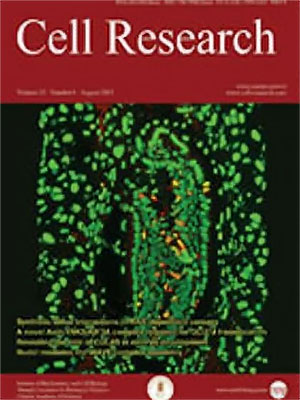
Volume 13, No 5, Oct 2003
ISSN: 1001-0602
EISSN: 1748-7838 2018
impact factor 17.848*
(Clarivate Analytics, 2019)
Volume 13 Issue 5, October 2003: 309-317
REVIEWS
The enigmatic role of angiopoietin-1 in tumor angiogenesis
LINDA J METHENY-BARLOW1, LU YUAN LI2*
1Department of Oncology, Georgetown University Medical Center, Washington, DC 20007, USA
2University of Pittsburgh Medical Center, Pittsburgh, PA 15213, USA. E-mail: lil@upmc.edu
Correspondence: Lu-Yuan Li(lil@upmc.edu )
A tumor vasculature is highly unstable and immature, characterized by a high proliferation rate of endothelial cells, hyper-permeability, and chaotic blood flow. The dysfunctional vasculature gives rise to continual plasma leakage and hypoxia in the tumor, resulting in constant on-sets of inflammation and angiogenesis. Tumors are thus likened to wounds that will not heal. The lack of functional mural cells, including pericytes and vascular smooth muscle cells, in tumor vascular structure contributes significantly to the abnormality of tumor vessels. Angiopoietin-1 (Ang1) is a physiological angiogenesis promoter during embryonic development. The function of Ang1 is essential to endothelial cell survival, vascular branching, and pericyte recruitment. However, an increasing amount of experimental data suggest that Ang1-stimulated association of mural cells with endothelial cells lead to stabilization of newly formed blood vessels. This in turn may limit the otherwise continuous angiogenesis in the tumor, and consequently give rise to inhibition of tumor growth. We discuss the enigmatic role of Ang1 in tumor angiogenesis in this review.
FULL TEXT | PDF
Browse 2081


